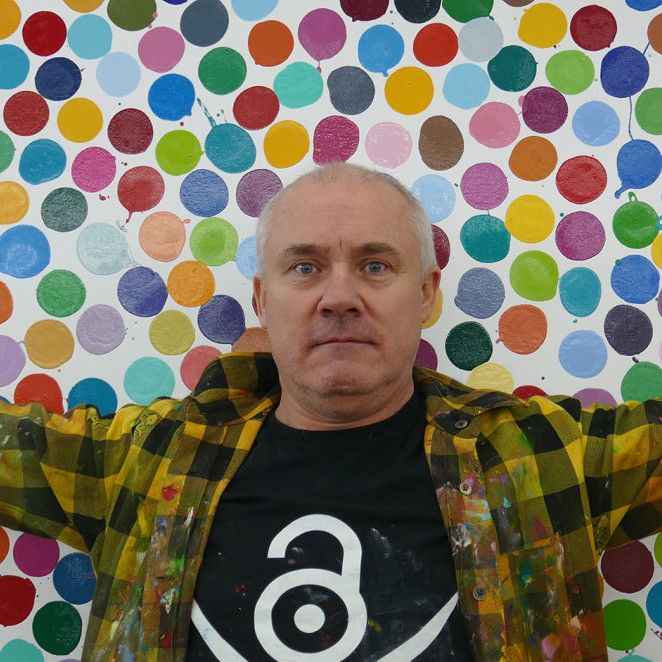Love him. Hate him. Adore or despise him. Few would deny that Damien Hirst is one of the most contentious figures in the industry. He’s a master at pissing people off, while also managing to maintain a cultish following. Is this divisiveness not exactly what he wants? People love talking about him - does that make him a good artist? The jury’s still out and probably never coming back with a definitive answer, but you do sense that he lives for the noise, and perhaps most importantly, it lets him keep the water and gas running in his humble abode(s). Hirst’s work has rarely stood still throughout his career. He burst onto the scene in the late ‘80s alongside other YBA’s (Emin, Quinn, Whiteread, Hume, etc.) under the patronage of Charles Saatchi. His formaldehyde works came to epitomise the British art scene of the time, and of course, proved deeply controversial. As did his £50 million diamond skull made of real human teeth and 8,601 pavé-laid diamonds… And how about his Tate retrospective in 2012 that led to the death of 9,000 butterflies? His pharmacy works carry an eyebrow-raising similarity to Joseph Cornell’s works in the ‘40s and you could say his dot paintings have a lot of overlap with Thomas Downing’s work in the mid ‘60s, but then again don’t all great artists steal, not borrow? Most recently, his burning of millions of pounds worth of art during the cost of living crisis, as part of his NFT Currency project, caused even more offence to some. In spite of all this, his popularity seems to feed on his controversy and as people continue to flock to his shows and spend immense sums on his work, we don’t see signs of that changing anytime soon. Damien Hirst: “All my favourite artists from the past, the way they move forwards is what interests me … And the way they stop being one thing, like the Beatles – the way they totally reinvented themselves and changed into something else”.


